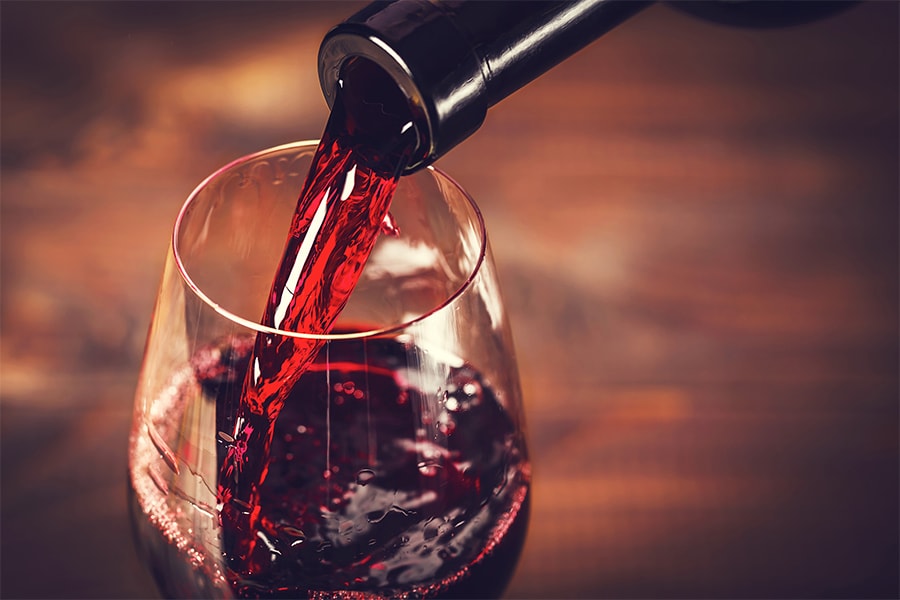
It's now possible to know what's inside a bottle of wine without opening it, thanks to AI
The Wine Advocate, Wine Enthusiast, Wine Spectator, Decanter... These are some of the top sources for getting the best advice when you're looking to buy a bottle of wine. Now add AI to the list
 An AI developed in the United States is able to generate wine reviews.
Image: Ievgenii Meyer / Shutterstock
An AI developed in the United States is able to generate wine reviews.
Image: Ievgenii Meyer / Shutterstock
Full-bodied, a dark palate, a round finish... You've probably noticed that the descriptions associated with a bottle of wine often use the same vocabulary. This unique vocabulary has enabled researchers to create an algorithm capable of automatically generating reviews without any need for taste buds to get involved...
The Wine Advocate, Wine Enthusiast, Wine Spectator, Decanter... These are some of the top sources for getting the best advice when you're looking to buy a bottle of wine. These references in the matter spend a good part of the year tasting the latest wines to make it to market in order to offer their readers a preview. In short, there's no better way to get advice on finding a wine that you'll like although a new player has now come onto the scene—in the form of artificial intelligence.
In the United States, researchers at Dartmouth College have developed technology capable of creating reviews for a bottle of wine or beer without any human involvement. To be more precise, they have developed an algorithm based on 125,000 reviews published in the renowned magazine Wine Enthusiast and 143,000 others from the RateBeer website. The whole operation is a serious endeavor as the results have been published in an academic journal (International Journal of Research in Marketing). And it's an approach that could be applied to many other consumer products, such as coffee or even cars, says the media Scientific American, which reported on this study.
If you're skeptical about the quality of the reviews generated by this AI, the researchers outline that participants in the study were unable to distinguish between reviews written by a human and those written by a machine. The vintage, vinification, the grape varietal and the terroir are all pieces of data that the technology studies in order to compose its reviews. Putting it into the format of a review follows easily as wine reviews generally use the same semantic structure and style and a common vocabulary.
However, sommeliers can rest assured that this technology has its limits. For instance, the researchers note that their algorithm is not yet capable of predicting how the aromatic profile of a wine evolves as it ages. For now taste buds remain the only tool for this type of essential information when one wishes to create a perfect wine pairing for a fine dining meal experience.







